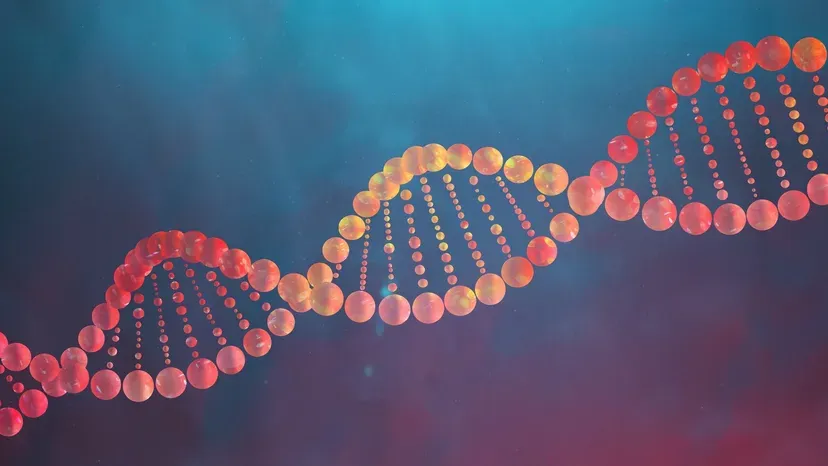Activators are proteins that bind to specific DNA sequences and enhance the rate of transcription, the process by which genetic information stored in DNA is converted into RNA molecules. They play a crucial role in regulating gene expression, the process by which genes are turned on or off in response to various environmental and developmental signals. In this article, we will discuss the definition, function, and types of activators in biology.
Definition of Activators in Biology
Activators are proteins that bind to specific DNA sequences known as enhancers and promote the binding of RNA polymerase, the enzyme responsible for synthesizing RNA from DNA. They work by recruiting other proteins, known as co-activators, to the transcriptional machinery and modifying the structure of chromatin, the complex of DNA and proteins that makeup chromosomes. Activators can also interact with other transcription factors, proteins that bind to specific DNA sequences and regulate gene expression, to enhance or inhibit their activity.

Function of Activators in Biology
Activators play a crucial role in regulating gene expression, the process by which genes are turned on or off in response to various environmental and developmental signals. They work by binding to enhancers, DNA sequences located near the genes they regulate, and recruiting RNA polymerase and other transcriptional machinery to the site. This enhances the rate of transcription, allowing for the synthesis of RNA molecules from the gene.
The activity of activators is regulated by various signaling pathways, which can activate or inhibit their function in response to internal or external cues. For example, some activators are activated by the binding of specific ligands, such as hormones or growth factors, to their receptors. Others are activated by the phosphorylation of specific residues, which changes their conformation and allows them to bind to DNA more efficiently.
Types of Activators in Biology
There are various types of activators in biology, each of which has a specific structure and function. Some of the most common types of activators include:
- Transcription factors: Transcription factors are proteins that bind to specific DNA sequences and regulate gene expression. They can act as activators or repressors, depending on the gene they regulate and the signaling pathway they are activated by.
- Co-activators: Co-activators are proteins that interact with activators and enhance their function. They work by modifying the structure of chromatin, the complex of DNA and proteins that makeup chromosomes, and recruiting other transcriptional machinery to the site.
- Signal transducers: Signal transducers are proteins that convert extracellular signals, such as hormones or growth factors, into intracellular signals that activate or inhibit transcription factors. They work by interacting with specific receptors on the cell surface and initiating a signaling cascade that leads to the activation of transcription factors and their co-activators.
- Chromatin modifiers: Chromatin modifiers are proteins that modify the structure of chromatin and regulate gene expression. They work by adding or removing chemical groups, such as acetyl or methyl groups, from the histone proteins that make up the core of the chromatin fiber. This can either enhance or inhibit the binding of transcription factors and their co-activators to the site.
Conclusion
Activators are essential proteins that play a crucial role in regulating gene expression, the process by which genes are turned on or off in response to various environmental and developmental signals. They work by binding to specific DNA sequences known as enhancers and recruiting RNA polymerase and other transcriptional machinery to the site. There are various types of activators in biology, including transcription factors, co-activators, signal transducers, and chromatin modifiers, each of which has a specific structure and function. Understanding the function of activators is essential for anyone studying biology or related fields and can help to identify potential targets for drug development and disease treatment.
Frequently Asked Questions About Activators in Biology
What are activators in biology?
Activators are proteins that bind to specific DNA sequences and enhance the rate of transcription of a gene by recruiting other proteins necessary for transcriptional activation.
How do activators work?
Activators work by binding to specific DNA sequences called enhancers, which are located upstream or downstream of the promoter region of a gene. Once bound, activators interact with co-activator proteins and the transcription machinery to promote the initiation and elongation of transcription.
What is the difference between activators and repressors?
Activators and repressors are both transcription factors, but they have opposite effects on gene expression. Activators enhance the rate of transcription, while repressors inhibit or suppress it.
Can activators work alone or do they need co-factors?
Activators require co-factors to work effectively. Co-factors are proteins that interact with the activator to enhance its binding to DNA or facilitate its interactions with the transcription machinery.
What are some examples of activators in biology?
Examples of activators include the cAMP response element-binding protein (CREB), the glucocorticoid receptor (GR), the nuclear factor kappa B (NF-κB), and the estrogen receptor (ER).
What is the importance of activators in gene regulation?
Activators play a crucial role in gene regulation by controlling the expression of genes in response to various signals and stimuli. They are involved in a wide range of biological processes, including development, metabolism, immune response, and cell cycle control.
How do mutations in activators affect gene expression?
Mutations in activators can lead to changes in gene expression, which can have various effects on cellular function and phenotype. For example, mutations that increase the activity of an activator can lead to overexpression of the target gene and contribute to the development of cancer or other diseases.



